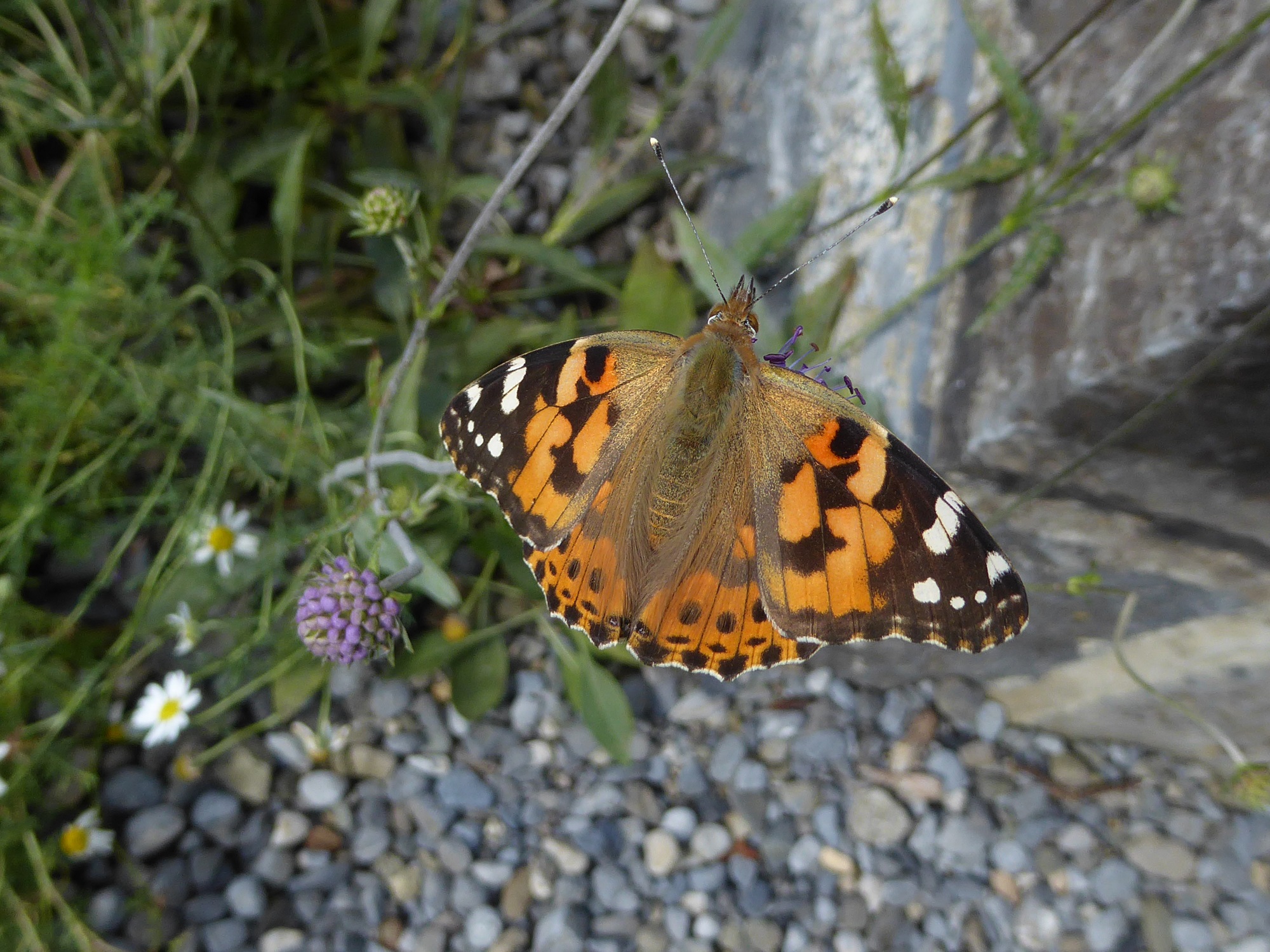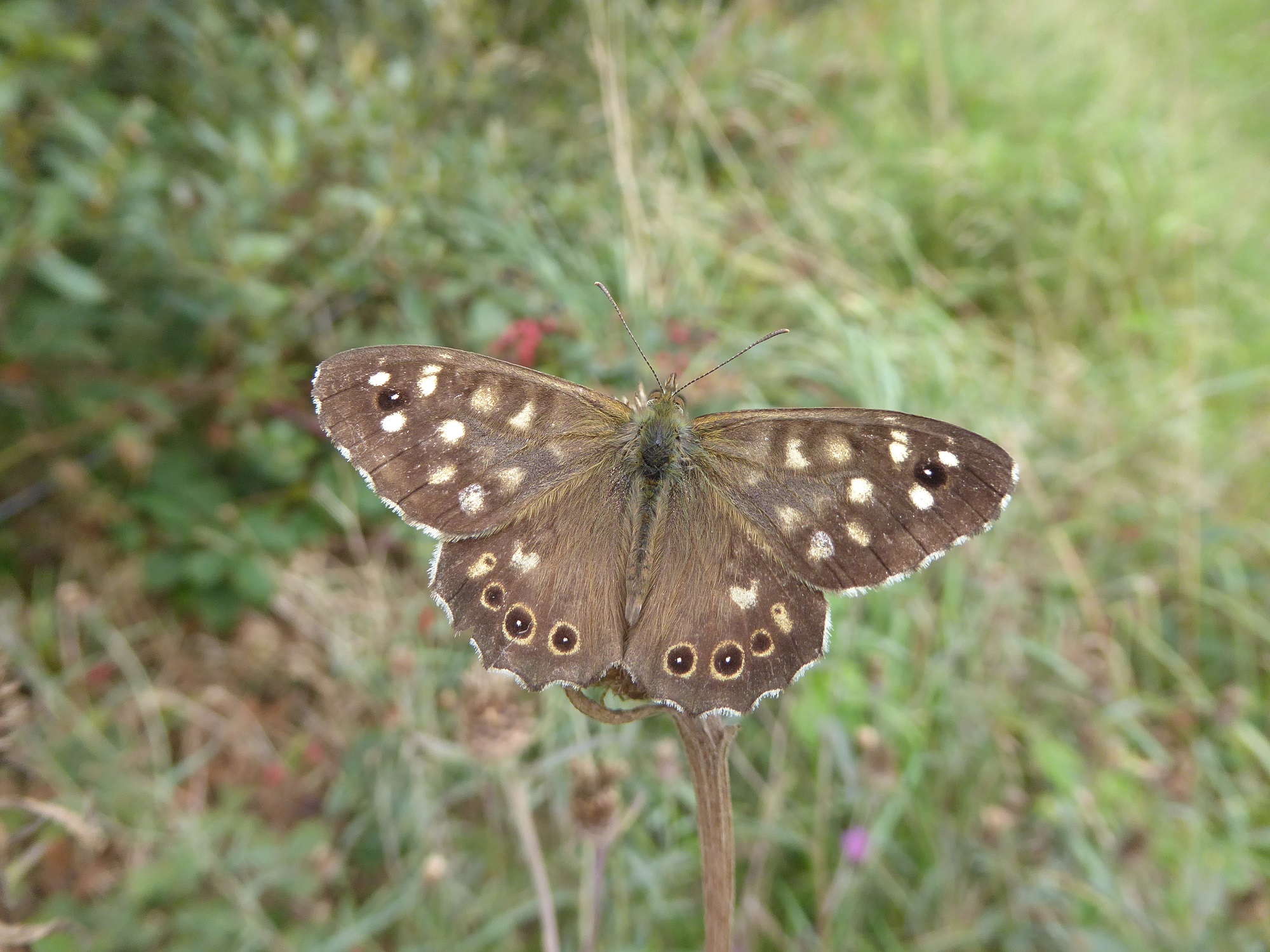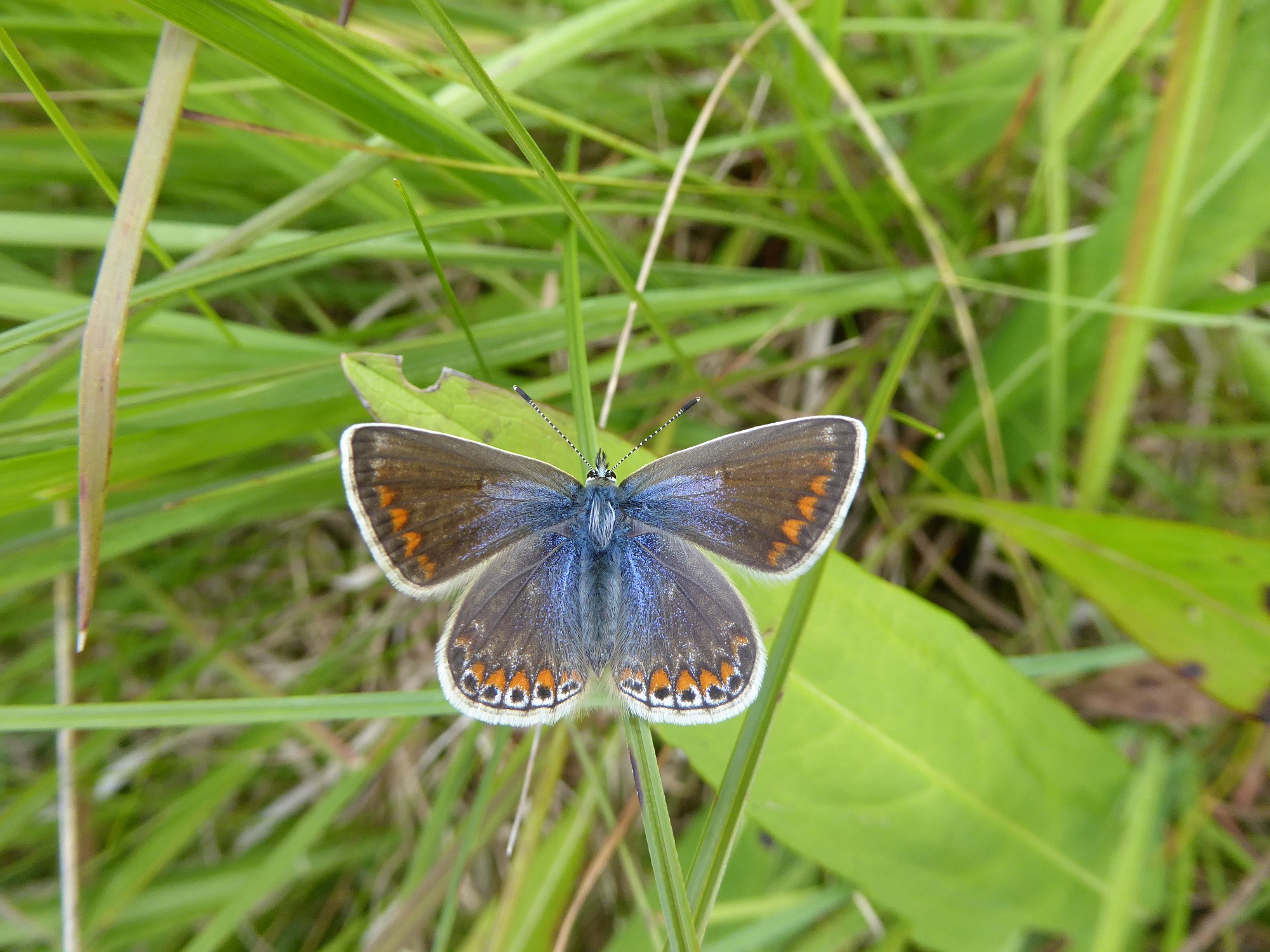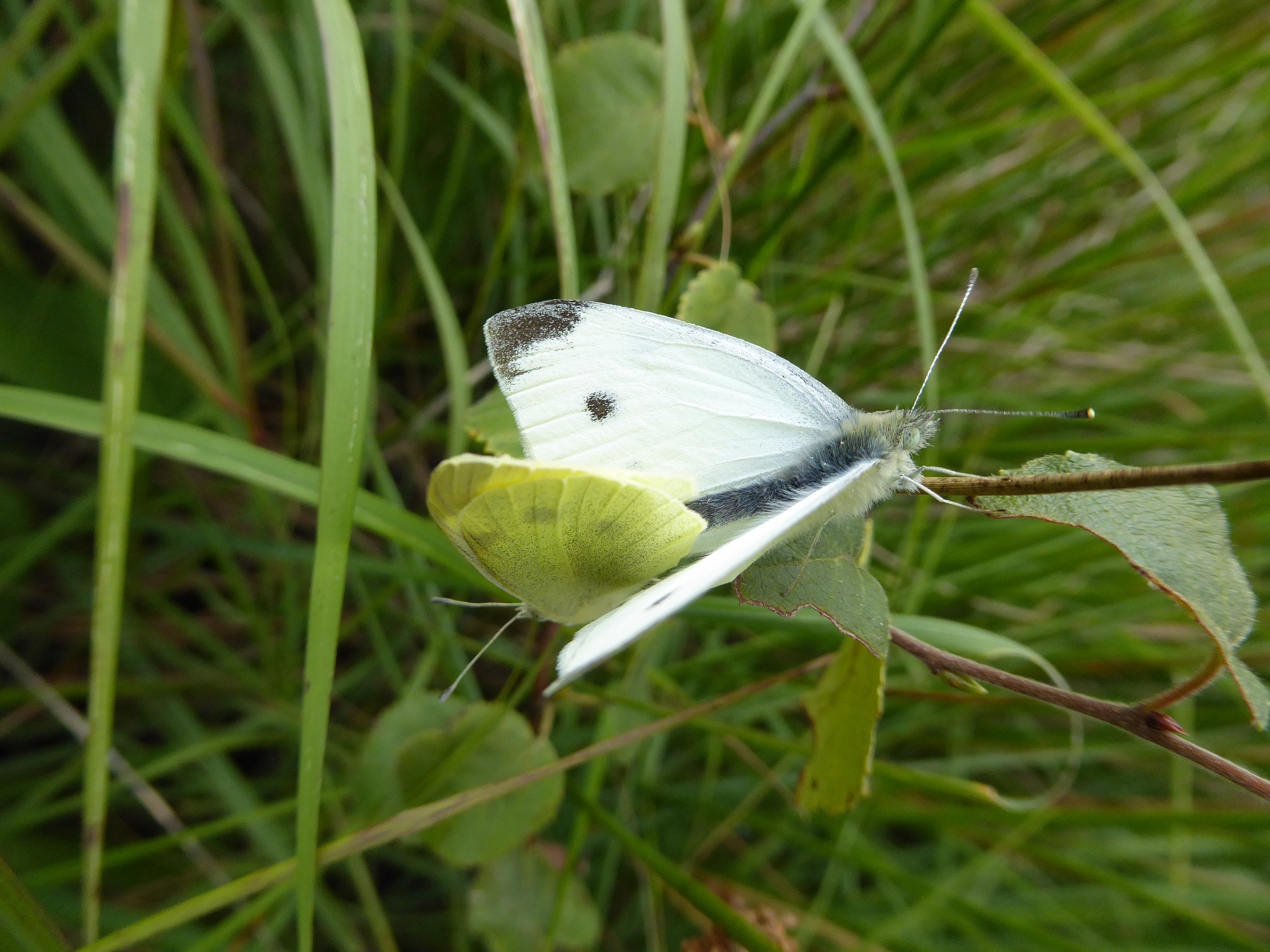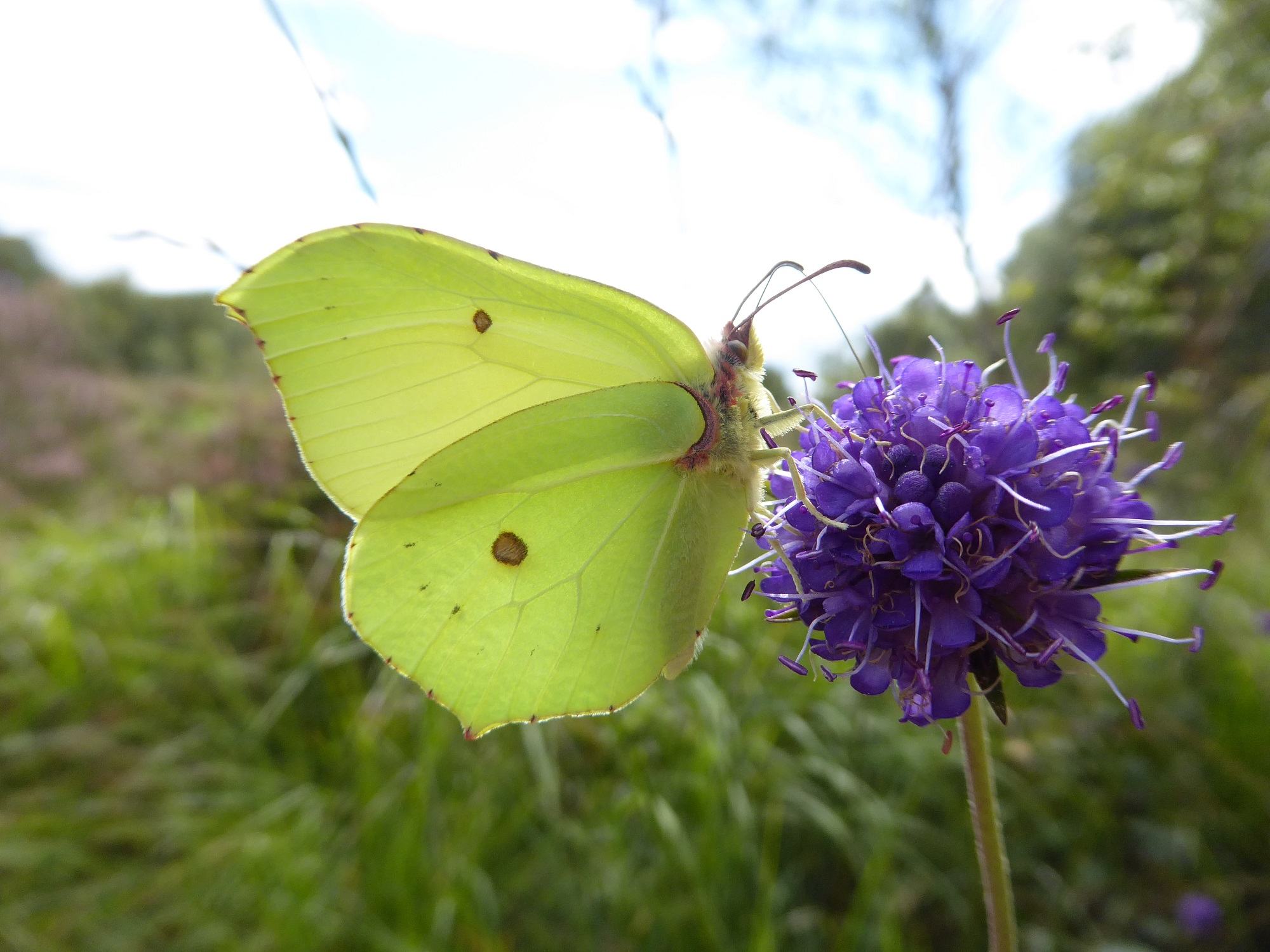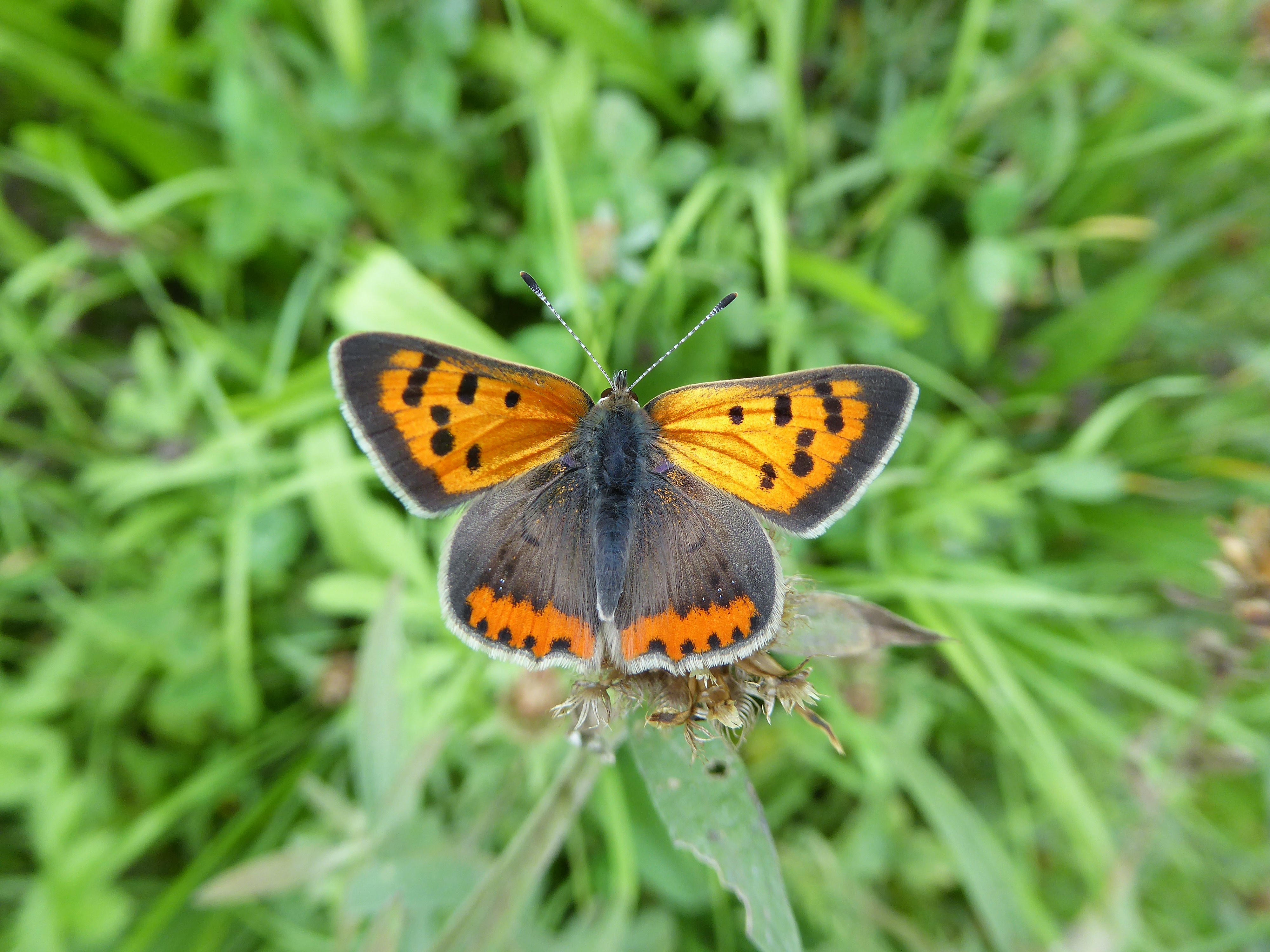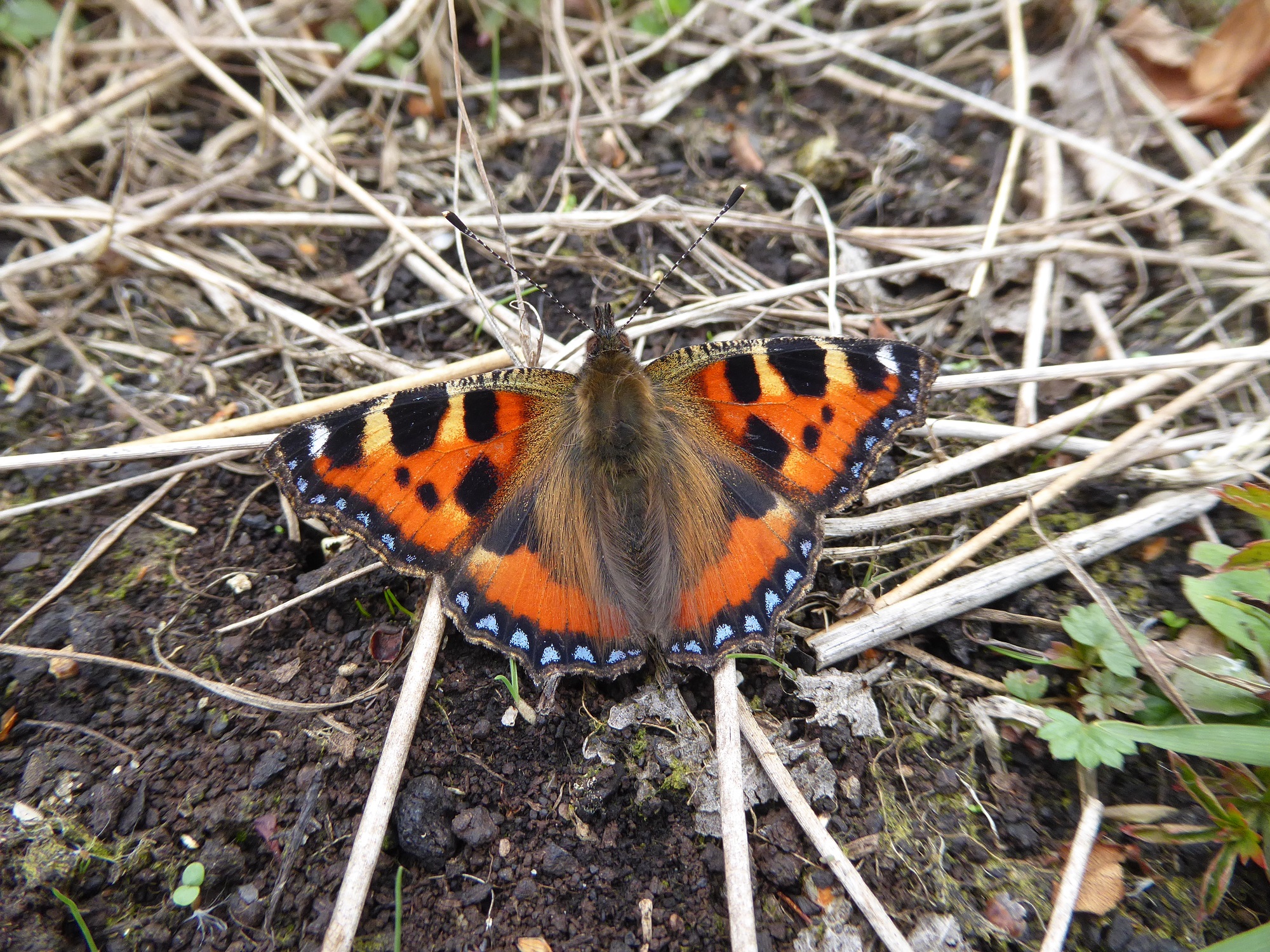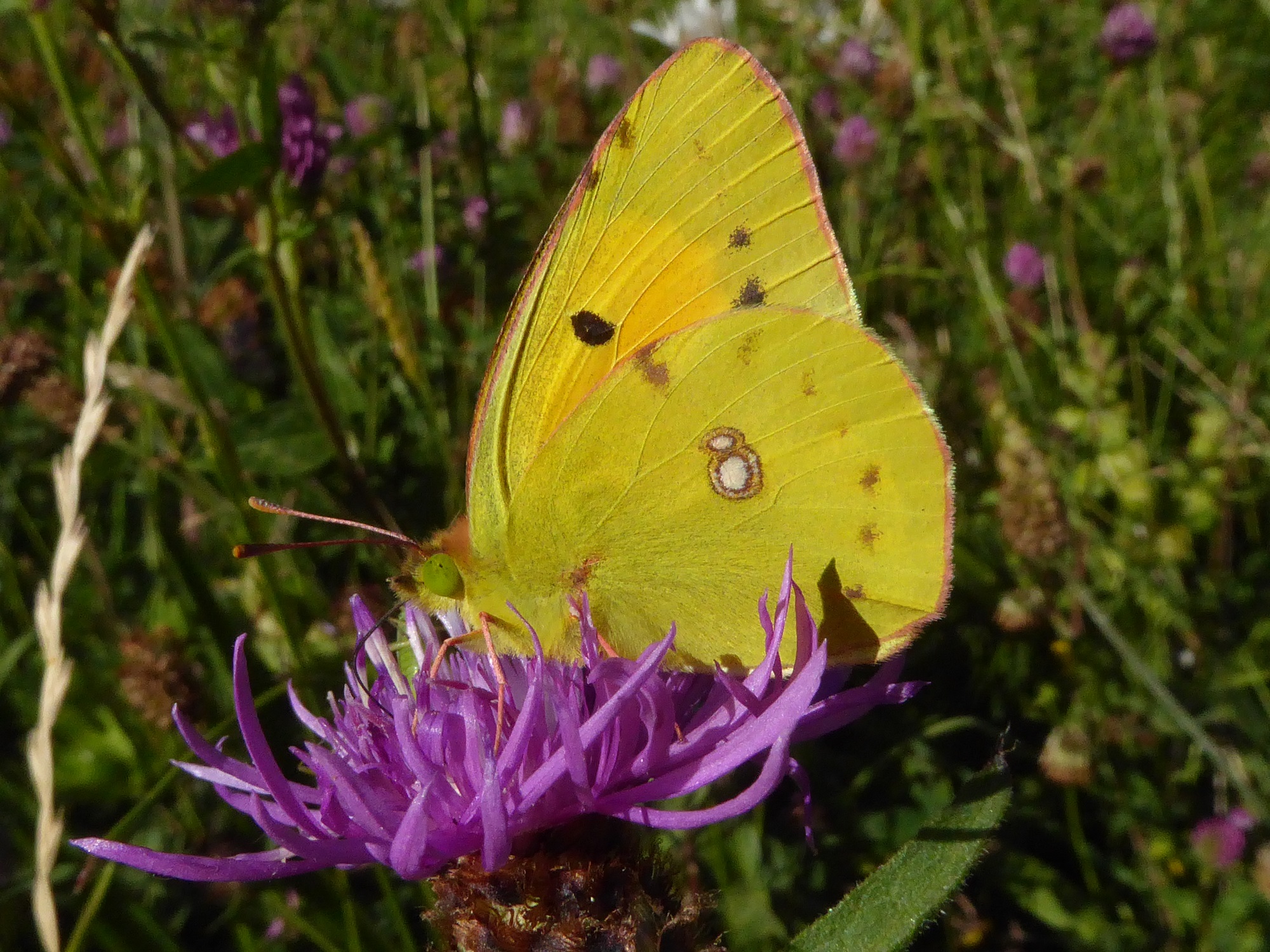September 2018 opened with sunny days and warm, still nights, ideal for diurnal and nocturnal Lepidoptera. Numbers are still high but the number of species on the wing is falling as we move into autumn. The moth catch in my garden on August 31st consisted of moths that are typically found mainly in summer although many of these were worn. An extraordinary number, for me, was 222 Square-spot Rustic moths. Never have I seen one moth species in such high numbers on a single night. The high number is most likely the result of a great summer. By August 31st 2017, I recorded 1,502 moths in 21 trapping sessions running from March. By August 31st 2018 I recorded 2,358 moths in 22 trapping sessions. The increase is probably related to the much warmer conditions experienced during the late spring and for most of the summer this year. The benefits of larger numbers of moths are enjoyed by our bat and bird populations. I am thinking of the 34 Common Pipistrelle Bats and the 40 or so Brown Long-eared Bats that have occupied my attic for much of the summer.
Unfortunately for day flying butterflies, my garden Robin and Wren are keenly aware of the butterflies available. In particular, the birds are snapping up two species, the Small Tortoiseshell and Peacock. The speed with which a Robin attacks is impressive and while it often seizes the outer part of a forewing instead of the head, cumulative wing damage reduces flight proficiency and increases the chance of capture. One Small Tortoiseshell was found dead with no sign of injury. Was it stung by a wasp? The dramas are compelling to watch and speculate on, but concentrations of prey must lead to high predator activity and high mortality. However, in the case of the fiercely territorial Robin, high availability of butterflies does not lead to a higher number of Robins to prey on them. Furthermore, some butterflies seem to evade birds. From my observation, the birds in my garden either ignore or cannot catch the Painted Lady and Small Copper!
On September 5th a new Small Copper appeared in the garden, dazzlingly copper in the sharpening late afternoon sunlight. The veteran who has been in command of the perch post on a tall ragwort for most of August encountered the new male and battered him away. The new boy must wait his turn! In the evenings I check the shed to count roosting Peacocks and Small Tortoiseshells. The door is left ajar for them and I hope they decide to pass the winter there. Sometimes the Robin goes into the shed too but perhaps the bird has not located the butterflies yet. When the warmth is gone for 2018, the shed door will be shut and the butterflies will be beyond his beak until they depart in spring.
Butterfly numbers in gardens appear to be up on last year and they are abundant in other habitats too. While there may not be as many Painted Lady butterflies this year numbers are quite high. Quite often a good year for this butterfly such as 2017 is followed by much smaller numbers the following year but this has not been the case in 2018 on sites I visit or further afield. From Northern Ireland comes a figure of over 100 seen by Ian Rippey on the County Down coast on August 29th. Recent records suggest that these powerful migrants are more numerous than adult Red Admirals at the moment but there are many Red Admiral larvae still developing, suggesting a good flight of the species later in September and October.
There are still Large Whites, Small Whites and Green-veined Whites around but numbers of these are declining as the season nears a close, but where it occurs, the Brimstone, which overwinters as an adult, is quite numerous. On Saturday, September 1st I saw around 30 of these lovely butterflies apparently hanging suspended on flowers on a cutaway bog in the glorious sunshine. The Common Blue and Holly Blue still fly, as does the Small Copper while in the Burren there may still be some Brown Hairstreaks around. I saw two late Silver-washed Fritillaries on September 1st and one the following day, all males. Speckled Woods are jinking around hedges in good numbers in many areas, and their numbers often peak in mid-September in parts of the west and the Midlands. This butterfly can sometimes extend into early November. Along the west coast newly emerged Meadow Browns confuse observers from the east of Ireland who are accustomed to seeing this butterfly virtually disappear there by mid-August. In some years Clouded Yellow butterflies arrive in small numbers in September and October, giving a final flourish to the butterfly flight season.
We often enjoy beautiful September weather and if so, some short-lived butterflies may live longer, butterflies that over-winter as adults may fly longer and some species may even fit in a partial late generation. Ireland may also get some late migrants. At such times of plenty, we can be persuaded that summer is still with us, and will continue to beam warmly on us. But enjoy the butterflies. We know the cold will banish them soon!
While the comparative analysis of the figures for garden butterflies will be published later, in the Annual Report 2018, it is evident that most species are present in higher numbers in many gardens than in 2017. If you would like to take part in our garden butterfly survey, the details and survey form can be found here: https://butterflyconservation.ie/wp/butterflies/gardening-for-butterflies/
All photographs © J.Harding 2018.
